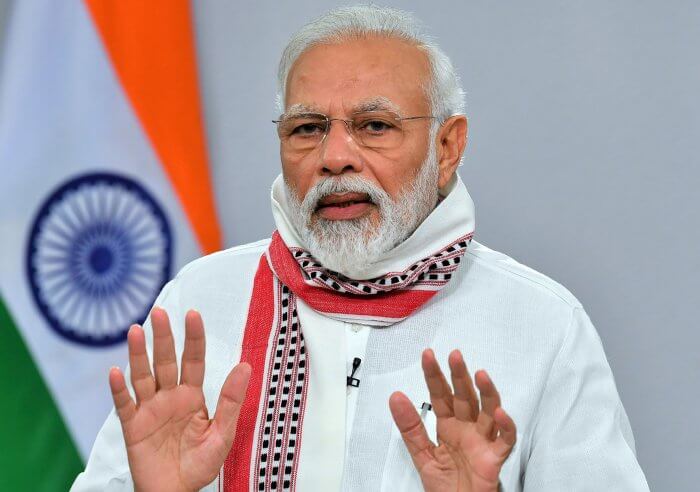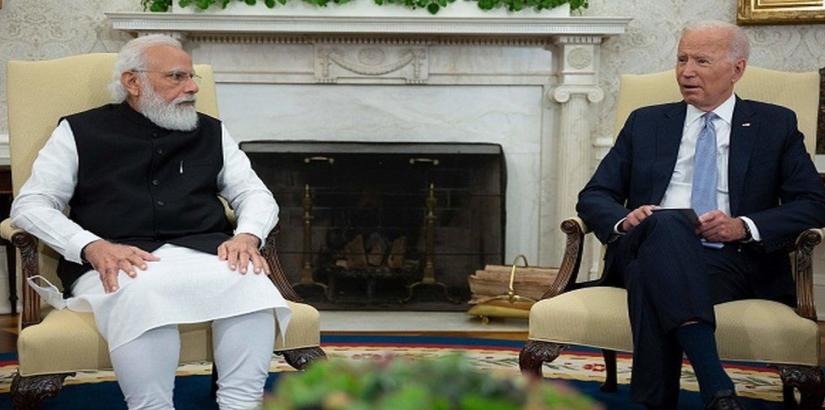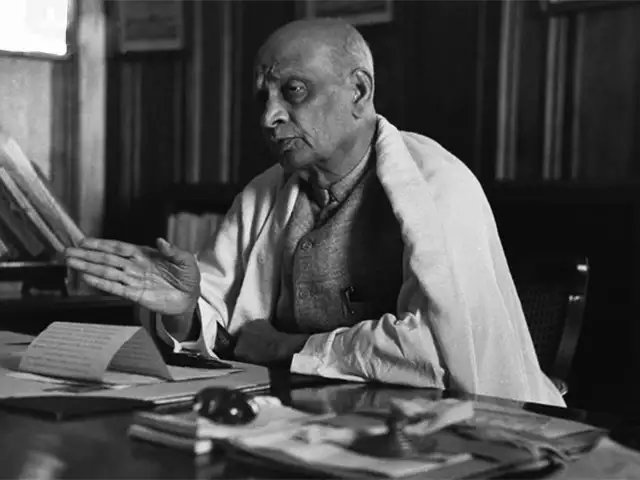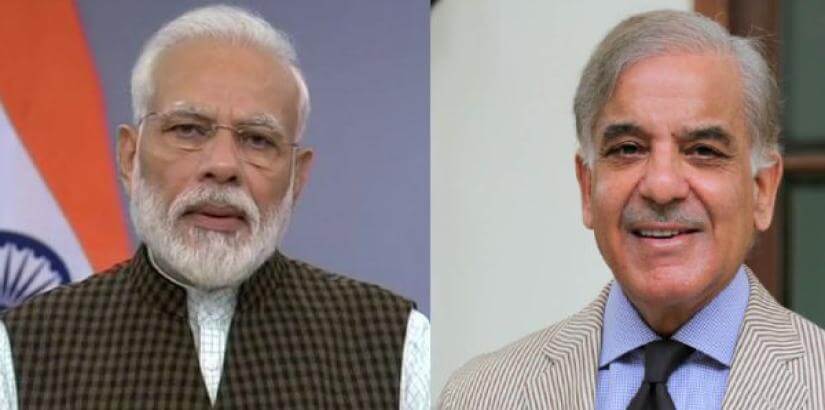The Prime Minister says ‘India can emerge as the global nerve center of complex modern multinational supply chains in the post-Covid-19 World. Companies are looking for shifting their production base from China. The world finds India as an attractive alternative, but the government needs to address many challenges.
Protectionism, competition and level playing field have to be carefully balanced. It is essential for India to build on its own manufacturing facilities and make it more competitive. People expect the government to formulate a new National Manufacturing Policy for this.
There are many bottlenecks that need to be removed; the cost of acquiring land and, legal and procedural delays is a big challenge. Similarly is the case with reforms in the labor sector. The cost of doing business is quite high. Our global ranking on the ease of compliances, particularly tax, both direct and indirect is low. We need to rationalize expenses incurred on power and logistics also.
All these challenges have the potential to be converted into opportunities, once the government embarks on the process of reforms, and the industries shift their focus from demanding protectionism to an ecosystem of the level playing field.
The contribution of logistics share to GDP is about 13 to 14 percent in India, whereas the global benchmark is 9 to 10 percent. Industries have to bear the heavy cost of transportation of goods, raw material, and services. 65 per cent of our transportation is by roads, being more costly in comparison to railways and waterways. Globally, the industry’s dependence on road transport is 25 percent. A National Logistics Policy is in the pipeline, seeking a reduction in logistics shares in GDP to 10 percent by 2022.
India is moving from the regime of high-interest rate to lowering of interest rates. RBI is continuously reducing both the repo rate and reverse repo rate, but the transmission is not at the desired pace. Over the period the risk premium in the financial institution has been reduced due to the advent of IBC, NCLT, etc. but again the risk has increased. If it is left to the banks to bear them, it will be unworkable. Neither, banks are willing to expose themselves nor borrowers. Particularly small and medium segments have weak balance sheets.
Labor being one of the most crucial factors of production, has always been a contentious issue; the time is ripe for a balanced approach. The social and economic welfare of labor has been usually equated with the number of laws dealing with the subject.
The net result is that the labor market is characterized by extreme rigidities while over 90 percent of the labor force is outside formal protection. Centre has consolidated labor laws into four codes and since labor is in a concurrent list, some states have gone ahead and amended the labor laws in order to revive and attract industries. A coordinated approach is advisable.
The cost of land in India is quite high. Thus for any Greenfield project, the cost is a deterrent, especially if it’s a small project. State governments must pool in their land holdings and make land banks available. Local authorities for cluster development and special purpose vehicle with joint participation are the roadmap ahead. States have a major role in solving this contentious issue.
Any laxity on contract enforcement and judicial intervention on administrative decisions is a big deterrent for businesses. India’s contract enforcement ranking remains low. The Commercial Courts Act of 2015 is welcome. The setting of commercial and district level courts will expedite mercantile dispute resolution. Fast-tracking, New Delhi International Arbitration Centre Act in NCR will bring India to the global stage.
Reduction in compliances and transparency is a big boost for ease of doing business (EODB). A stable policy regime has a positive attribute for attracting global players. Thus stability and predictability in-laws and policies is a value to be imbibed by the Government at all times. GST with its online registration, filing of returns, assessment, and refund is helping but GST network (GSTN) remains a pain. Moving towards e-assessment and the virtual taxation regime will remove harassment in due course.
India’s FDI policy is quite attractive, with maximum sectors falling under automatic route and only some of them having sectoral caps. Repatriation of profits and royalties are allowed and we have current-account convertibility. Section 92 of the Income Tax act on transfer pricing, profit shifting, and base erosion has defined agencies working in India as a permanent establishment (PE) for foreign companies and place of effective management (POEM) for Indian companies having foreign establishment, for checking tax evasions by multinational companies (MNC),
I believe that India has a fair chance to attract global manufacturing capital and emerge as the world’s factory. Facilitating setting up of manufacturing base in India does not fall within the exclusive jurisdiction of either the Centre or the State and the Government at all the levels will have to work collectively to be successful.
(The writer is the national spokesperson of the BJP on economic affairs. The views expressed are personal) IANS







